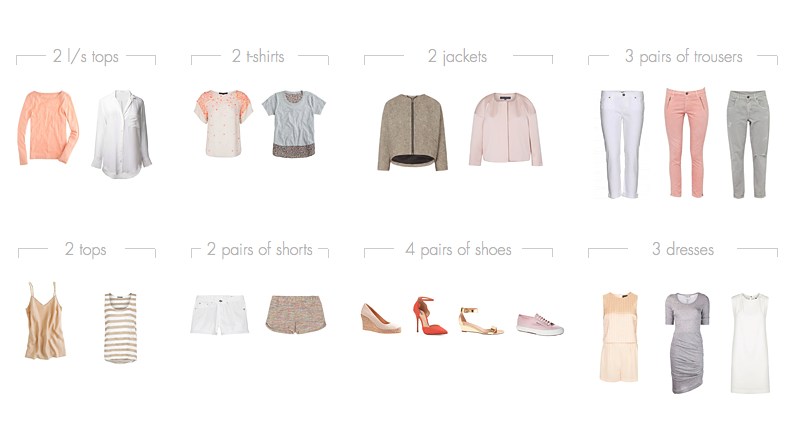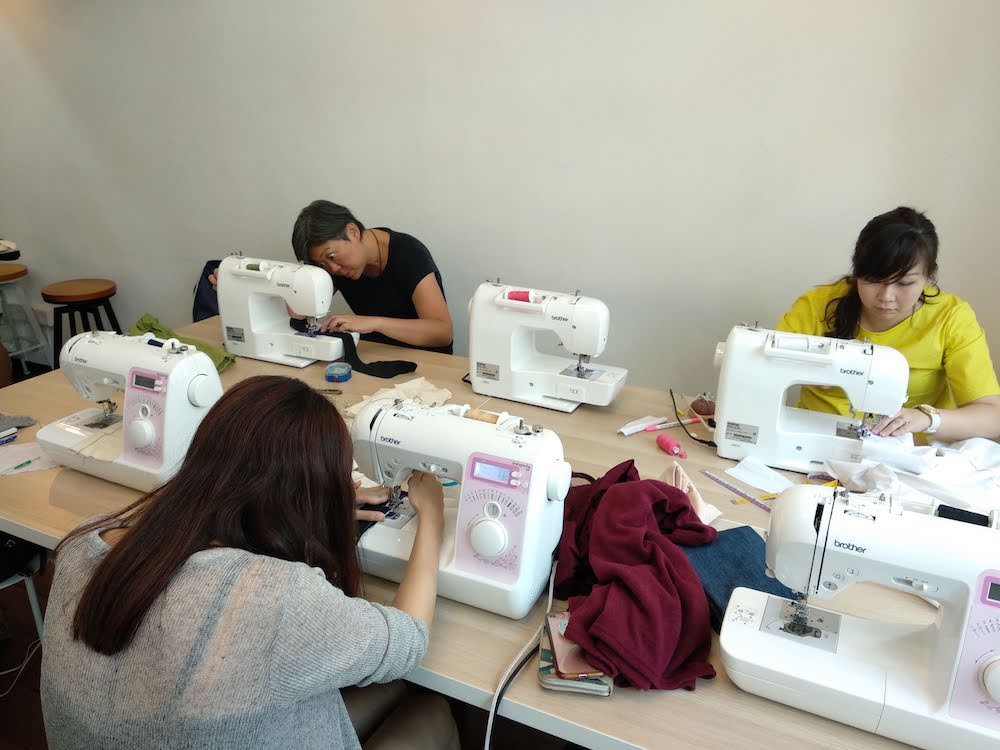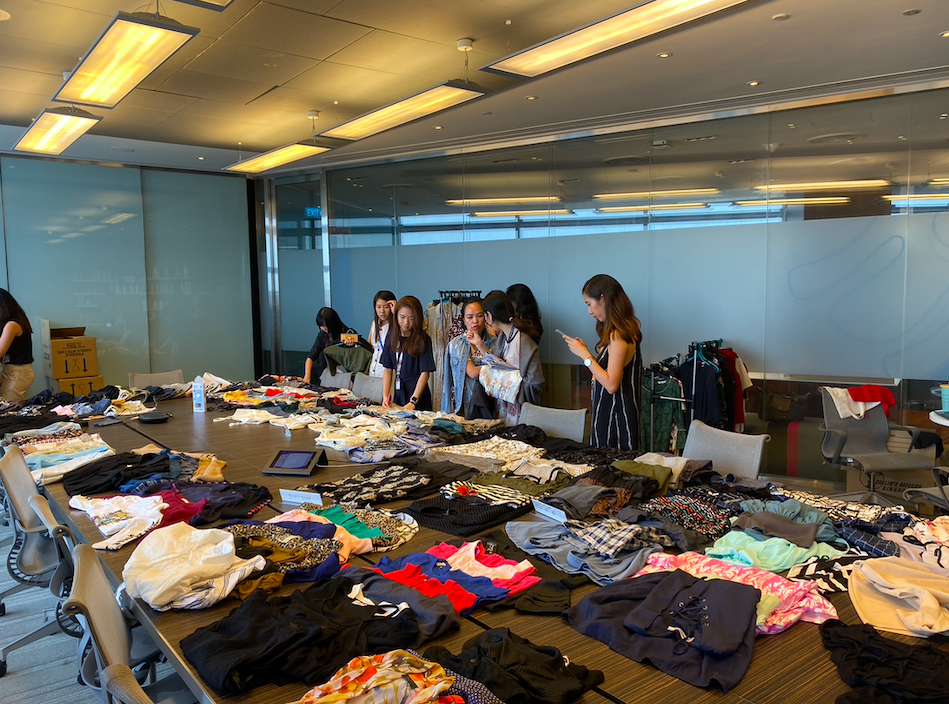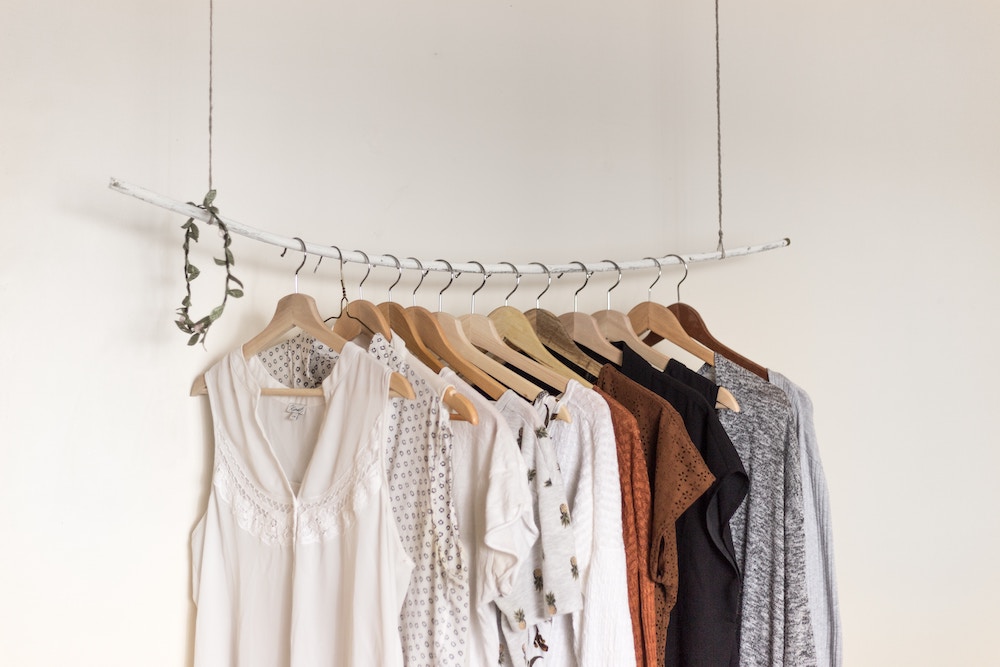Fast fashion has its downsides.
Large amounts of pesticides harmful to the environment are used to grow cotton for the fashion industry.
In Cambodia, garment workers only earn about US$190 (S$259) a month according to CNA, leading to the exploitation of the country's majority-women workforce in the garment industry.
Despite the damaging impacts to other people and our planet, over a third of Singaporeans throw away a piece of clothing after wearing it for a single time, according to YouGov.
So, before you throw out your old clothes out this festive season, why not consider the following?
1. Resist the temptation to buy more clothes
Every time you're tempted to buy more clothes, think about a bigger goal you can use the money for instead, such as saving up for your next overseas adventure.
Another way you can resist buying clothes is to wait for three to four days before giving in to an impulse buy.
Question yourself: Would you use this item of clothing more than once?

2. Rewear the clothes you already have
Nobody cares if you wear the same clothes again and again. Really.
If you're up for a challenge, try out a capsule closet, which means limiting all your clothing and accessories, including bags and shoes, to just 37 pieces.
While this might seem like an extremely small number of items to keep in your closet, you can mix and match different items to give you different outfits.
Here's an example of a capsule closet of 20 items, with a mix of items that can be worn for work and casual events.
 Photo by Anuschka Rees/anuschkarees.com
Photo by Anuschka Rees/anuschkarees.com
3. Repurpose old clothes
Saw a new design for a dress or a top online? Instead of hitting the checkout button, try turning your old clothes into something new.
Here's an example by Youtuber coolirpa, on how you can transform an ordinary item like a t-shirt into a beautiful top:
[embedhttps://www.instagram.com/p/BYhSigXhWVx/[/embed]
If you're extra creative, you can explore using other fabrics lying around the house. Maybe instead of throwing out last year's curtains, you can upgrade them to a dress.
https://www.instagram.com/p/BRMxcHhB7DB/
If you can't sew, you can always take the chance to reconnect with your relatives that do, or take up a sewing class at one of our community clubs.
You can even use your SkillsFuture credits for these sewing workshops by Fashion Makerspace.
Here's an upcycling workshop by a local textile artist, Agatha Lee, where participants bring their old clothes to the class and learn to make new pieces of clothing from them.
 Photo by Agatha Lee
Photo by Agatha Lee
If you're pressed for time, bring your designs to our local tailors in Singapore.
4. Organise a clothes swap
If you have a group of willing participants, you can organise a clothes swap with the people around you.
Samantha Thian, a young Singaporean, organised a clothes swap at the Unilever Asia office, where she works.
 Samantha, pictured with the clothes collected at Unilever Asia. (Photo by Samantha Thian)
Samantha, pictured with the clothes collected at Unilever Asia. (Photo by Samantha Thian)
Thian told Mothership that 70 employees participated in the clothes swap and close to 500 pieces of clothing were collected.
 Employees taking their pick at the clothes that were collected amongst the staff in the office. Photo by Samantha Thian
Employees taking their pick at the clothes that were collected amongst the staff in the office. Photo by Samantha Thian
Want to do the same at your workplace? Here's some of her tips on how to organise a clothes swap at work:
- Set a date for the clothes swap (preferably before festive periods).
- Book a meeting room for the swap and notify everyone in the office.
- Source for clothing racks
- Collect and sort clothes two days before the event
- Enjoy!
5. Join a clothes swap event or online clothes swap platform
Just in time for Chinese New Year (CNY), The Fashion Pulpit is organising a CNY-themed clothes styling and swap session on 18 January from 2 to 3pm. Registration is free.
If you can't find time to attend the event, sign up on The Fashion Pulpit for a one-time swap of 10 items of clothing at $35.
If you're drowning in clothes, you can consider signing up for their unlimited swap plans, starting at $88 per month.
You can even join Facebook groups to even swap baby clothes.
6. Rent clothes
After considering the above-mentioned options, you might still have issues finding formal clothing or branded goods.
Here's where rental companies fill the gap.
If you're looking for designer dresses and bags, such as Gucci and Zimmermann, check out Rentadella.
Rental rates for dresses start at $49 onwards.
[embedhttps://www.instagram.com/p/B6IanBpHORj/[/embed]
Another rental company is Style Theory, which allows you to rent clothes from over 250 international brands through their subscription service. Plans start at $69 per month.
And the best part about renting clothes? You don't have to do any laundry!
[embedhttps://www.instagram.com/p/B5b1QmLgD2e/[/embed]
Another option for fancy evening dresses is Style Lease, which rents dresses from brands, such as Vera Wang.
Prices start at S$80 and S$480 and includes dry-cleaning.
7. Sell your clothes through online platforms
If you want to make some quick cash while doing good for the environment, you can consider putting your clothes up on sale on platforms like Carousell or Refash.
Refash even has a physical store where you can buy second-hand clothing.
[embedhttps://www.instagram.com/p/BtVqefyHaIU/[/embed]
To sell designer bags, you can do so online through platforms like Deluxemall or Reebonz closets.
8. Give it away
And if you're too lazy to leave the home or your neighbourhood, you can put your unwanted items up on the Olio app.
 Photo by Sumita Thiagarajan
Photo by Sumita Thiagarajan
Users who are interested in your items will drop you a message and you can settle on a pickup spot.
In addition to clothes, you can list any leftover or excess food items on the app too.
9. Drop off your clothing at recycling points
While recycling might be the most convenient way for us to dump what we don't want, only about one per cent of clothing is recycled into new clothes.
This is due to the fact that our clothes are made from a mix of fibres and this makes our clothes hard to break down.
After you've exhausted all the options above, you can look into recycling your clothes as the last resort.
If you're looking to drop off clothing in a recycling bin, you can do so at the following organisations.
Save money and the Earth too.
Top photo by Priscilla Du Preez via Unsplash
If you like what you read, follow us on Facebook, Instagram, Twitter and Telegram to get the latest updates.
